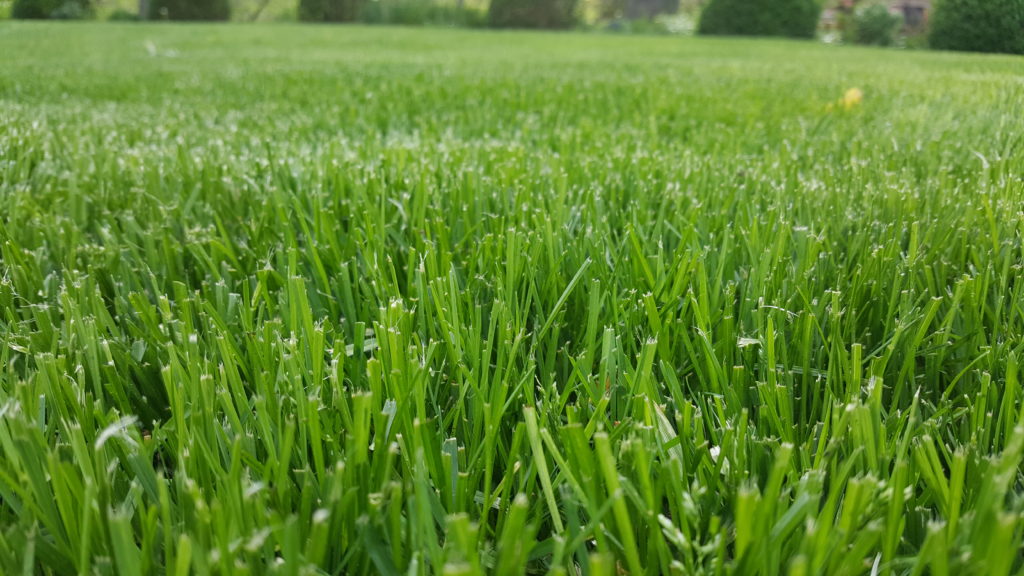In the world of lawn care, traditional practices have long revolved around chemical fertilizers, pesticides, and herbicides. The prevailing belief has been that a pristine, weed-free lawn is achievable only through a barrage of chemical treatments. However, there’s a growing awareness that such an approach is not only unsustainable but often counterproductive.
The Irony of Chemical-Dependent Lawns
While many lawns maintained by chemical fertilizers and sprays might appear lush and green on the surface, beneath the facade lies a different story. These chemically treated lawns are often plagued by a host of issues, including a higher prevalence of insect infestations and diseases like rust.
It’s a paradox – the very chemicals that are intended to improve the lawn’s appearance often lead to greater vulnerabilities. This is because chemicals disrupt the delicate balance of the ecosystem, killing not only the target pests but also beneficial insects and microorganisms that maintain a healthy soil environment.
The Minimal Impact on Natural Lawns
Conversely, lawns nurtured through a regenerative and sustainable approach, such as the one employed by Michael Stangl’s Lawn Care, exhibit minimal pest problems and diseases. The key to this success lies in understanding the fundamental principle of nurturing the soil, as a healthy lawn begins with healthy soil.
Rain as a Revealer
Here’s an intriguing observation: rain can often expose the shortcomings of chemically treated lawns. While such lawns may seem visually impressive, they are essentially dependent on external inputs, like a crutch to stand upright. When the rains come, they wash away the superficial facades of chemical-laden perfection, revealing a stark truth – the soil beneath is lifeless and unable to sustain the lawn naturally.
In contrast, a lawn that thrives on sustainable practices, backed by healthy soil, doesn’t depend on chemicals to maintain its resilience. It’s equipped to withstand the whims of weather, from drought to heavy rain, and emerge unscathed.
Redefining the Green Lawn
The conventional idea of a green lawn is being redefined. It’s no longer merely about a visually impressive facade but, more importantly, about a thriving ecosystem that is in harmony with nature. A green lawn is one that is lush, vibrant, and sustainable in the long run, not one that requires endless chemical interventions.
By adopting a holistic approach, nurturing the soil’s health, and reducing dependence on chemicals, we can create lawns that are not only beautiful but also resilient, cost-effective, and environmentally responsible. The choice is clear: between the illusion of perfection and the reality of a genuinely green, healthy, and sustainable lawn.
It’s time to rethink our approach to lawn care. It’s time to choose sustainability and harmony with nature over chemical dependency and superficial beauty. In the end, the greenest lawn is the one that thrives naturally.
